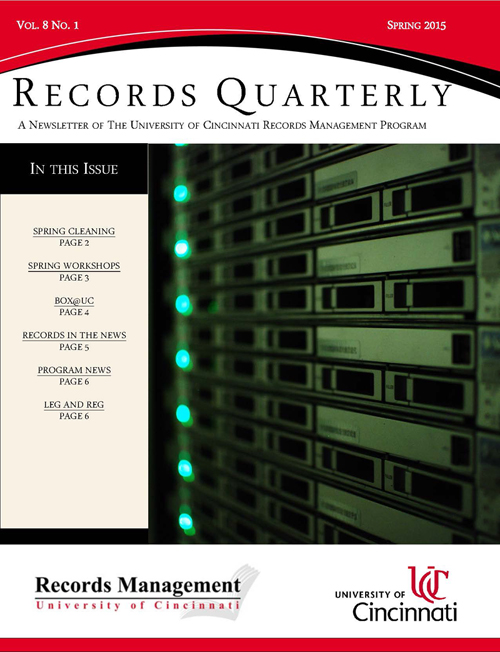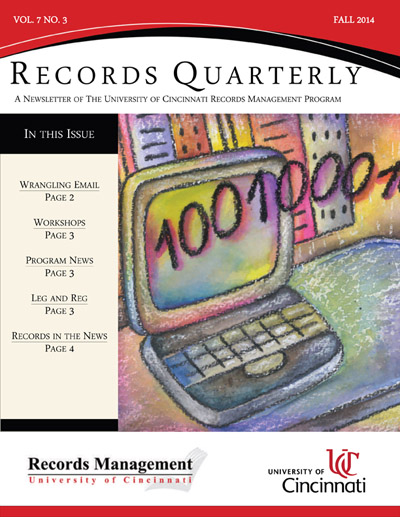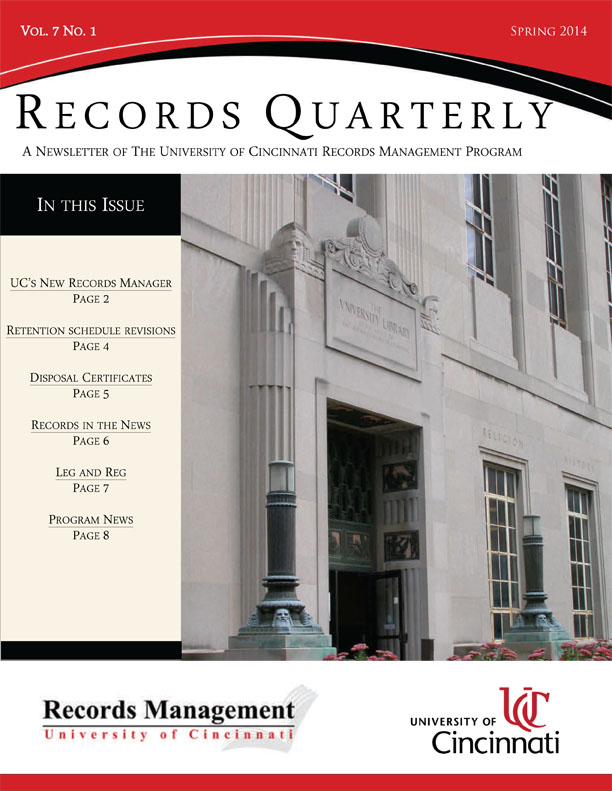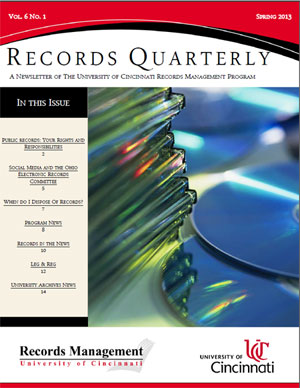By Eira Tansey, Digital Archivist/Records Manager
Within the archives profession, “Digital Archivist” is one of the fastest-growing job titles (http://digitalcommons.kennesaw.edu/provenance/vol31/iss2/5/). The Society of American Archivists offers a Digital Archives Specialist curriculum and certificate (www2.archivists.org/prof-education/das). And library and archives conferences abound on topics of an electronic and digital nature – like Saving The Web (https://www.loc.gov/loc/kluge/news/save-web-2016.html), the Digital Library Federation (https://www.diglib.org/), and the Software Preservation Network Forum (http://www.softwarepreservationnetwork.org/spn-forum/).
So what does a digital archivist do? Every digital archivist’s responsibilities will look slightly different depending on institutional mission, priorities and resources. As the first link indicates, there isn’t even professional consensus whether a digital archivist is one who works with digitization of analog material (like paper documents and manuscripts, rare books, maps, etc), or someone who works with “born-digital” materials. In many institutions, both of those responsibilities may be within the Digital Archivist’s charge. As UC’s Digital Archivist/Records Manager, my responsibilities center on working with born-digital archives, digital preservation, and overseeing UC’s Records Management program. I also work closely with my colleagues in Digital Collections on digitization projects (http://digital.libraries.uc.edu/).



 The current UC Records Management newsletter shares information on reducing that hoard of administrative records in your office, tips for how you can organize records through shared drives, information on upcoming workshops, and program news.
The current UC Records Management newsletter shares information on reducing that hoard of administrative records in your office, tips for how you can organize records through shared drives, information on upcoming workshops, and program news.


